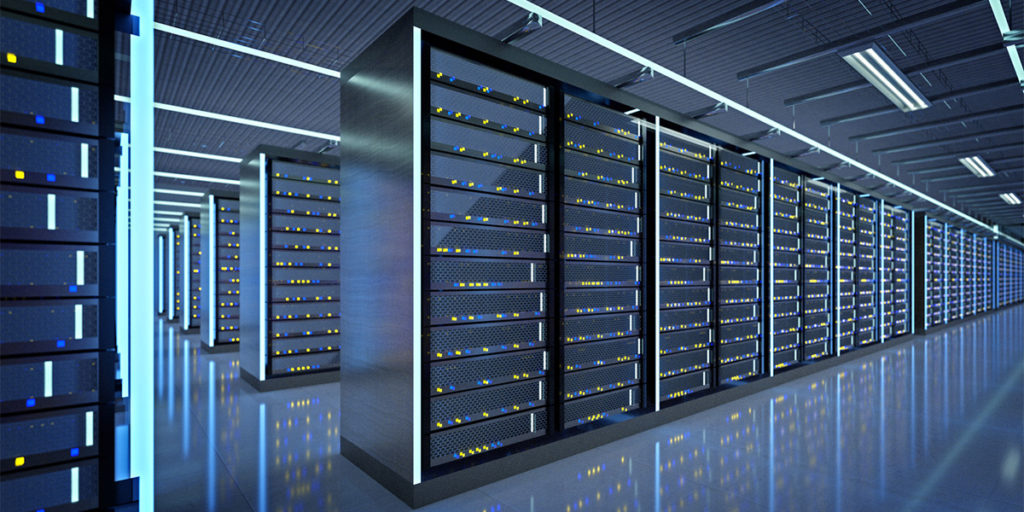To say a company’s cybersecurity is among the most important aspects of the company’s internal processes and how they maintain their relationships with their customers is an understatement. Customers expect and rely on their vendors to protect their information from increasingly ruthless bad actors. All the data your company stores is valuable—not only to you but to your customers. Thankfully, managed IT service providers have developed and deployed a variety of methods, tools, and technologies to help you keep your data and that of your customers safe. Today, we take a look at SD-WAN architecture and investigate how it helps keep your cybersecurity infrastructure well-fortified.
Cybercrime is on the Rise! Click Here to See Cybersecurity Stats.
What is SD-WAN Architecture?
SD-WAN—Software-Defined Wide Area Network—is an evolution of WAN architecture; it’s a virtual WAN architecture which allows businesses to combine a variety of transport services to securely connect users to their applications. In simple terms, SD-WAN is an automated, programmable network that dynamically and securely routes traffic based on application policies, network conditions, or circuit priority.
How Does It Work?
As noted, SD-WAN optimizes the WAN network, including how it connects with the cloud to offer better performance in application management. This is achieved through a three-step process:
- Connect to the Network
When users connect to the network, their signals are managed through the router under an SD-WAN solution—specifically through the software (hence the SD prefix)—which allows them to use any application located from the data center to the cloud.
- The Route is Established
The management software determines the most innovative or efficient way to deliver the application’s services.

SD-Wan Architecture helps provide security to your network.
- Routing
All operations the user performs with the application are handled under data traffic control within the WAN to ensure security, availability, and continuity of service. If more bandwidth is required for an operation, it may be routed through the device and service to ensure availability.
Not all SD-WAN solutions are identical, but they are built on a conventional tunnel-based approach—this means that from the data center, there are many applications and links (or tunnels) to the cloud and to individual branches of your company. Adding more “tunnels” adds more expense, but it also provides more customization to the business.
What are the Benefits?
Traditional WAN architecture was limited to the enterprise, branch, and data center. This forced the organization to be somewhat static in how it used the WAN: if it were to adopt a cloud-based application like a software as a service (SaaS) or an infrastructure as a service (IaaS), this could quickly overwhelm the WAN with a sudden surge of traffic.
With SD-WAN, IT can deliver routing, threat protection, efficient offloading, and simplification of WAN network management. It also brings better application experience for the users, more security for the data, optimized cloud connectivity for the applications, and simpler management for the system administrators.
The Innovative Integration team helps our customers identify the solution they need to protect their data and help them maintain a great relationship with their customers. Whether the solution you’re looking for is the SD-WAN architecture or another of our cybersecurity solutions, we are committed to helping you succeed through IT solutions.





